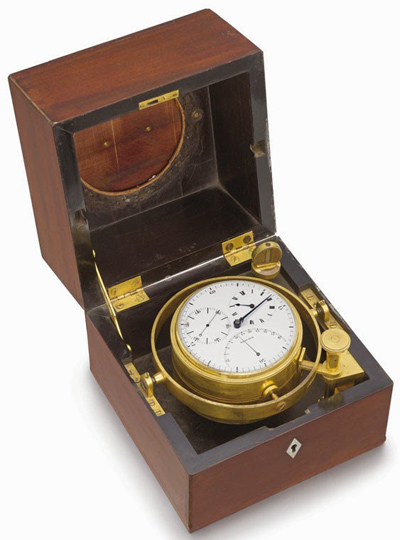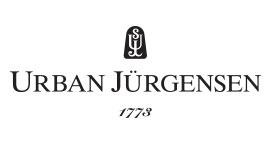After returning from Switzerland, Urban Jürgensen set up his own company in Copenhagen in 1811 that marked the beginnings of the brand name that we know today. Urban always had a close relationship with the state, which was both his customer and his patron. The Danish government awarded him a grant of 10,000 rigsdaler to purchase his first premises in Copenhagen. Urban offered to pay amortization of 10 percent and committed to take on four apprentices in lieu of the interest he saved. He also brought three craftsmen back with him from Switzerland, who were joined by other guest workers from abroad. Together with the apprentices, this represented a considerable leap from the days when Urban Jürgensen was working on his own.
Thus, after some trial and error, Urban was able to start producing marine chronometers and observatory regulators in Denmark – something that the government had long been striving towards for reasons of national security. Travellers from abroad also bought his timepieces and took word of the Jürgensen name across Europe and further abroad as far afield as America. Not only was this export business good for the company’s reputation, these travelling customers also paid in hard currency at a time when the Danish currency was struggling. Within two years the state had been declared bankrupt and with the subsequent devalutation of the currency Urban was able to pay off his total debt, sell his house for a profit and look for even better premises.
In a significant development in 1815, Urban Jürgensen was granted the exclusive right to produce pocket watches without fusee and chain, with temperature compensation and jewelled bearings. This effectively granted him a state monopoly which he was keen to hold on to. He tried to cement this strong position by requesting permission to make, at the king’s expense, 40 chronometers that the Danish merchant navy could hire out to ships. The initial suggestion met with resistance, leading to some insightful correspondence that shows how keen Urban was to safeguard his interests and claim a form of financial compensation for the undertaking.

In fact, Urban Jürgensen considered himself the only person in Denmark capable of producing marine chronometers and observatory regulators. While he did indeed train apprentices, he did not necessarily pass on his knowledge of precision horology to them. It seems quite clear from his correspondence that he was reluctant to do so without getting something in return.
By being appointed to the Royal Danish Academy of Sciences in 1815 Urban Jürgensen was put on a similar footing to the legendary Abraham-Louis Breguet, who received the same honour in Paris. He later became a knight in the Dannebrog Order, a privilege that until quite recently had only been reserved for royalty. Sadly, this coincided with a deterioration in Urban Jürgensen’s health at a time when he was devoting as much time to research as production.
Ideas such as his detached double-wheel chronometer escapement survive in the records of the Royal Danish Academy of Sciences and his book on precision horology, which only made it into print in 1838, eight years after his death.



